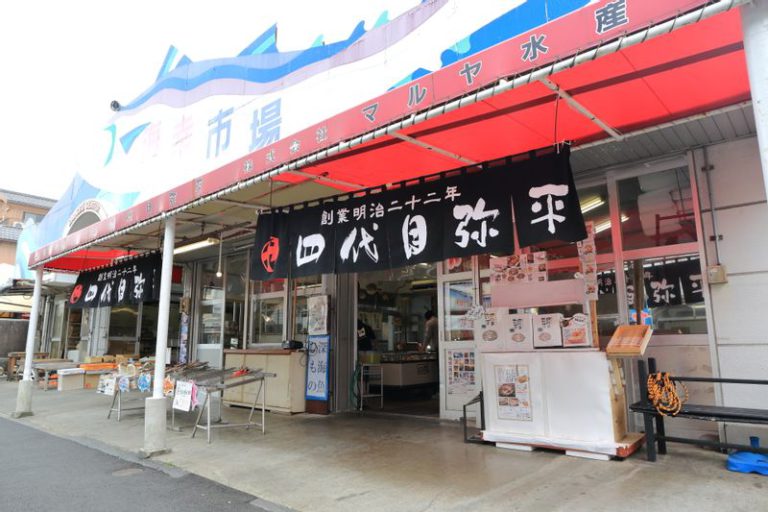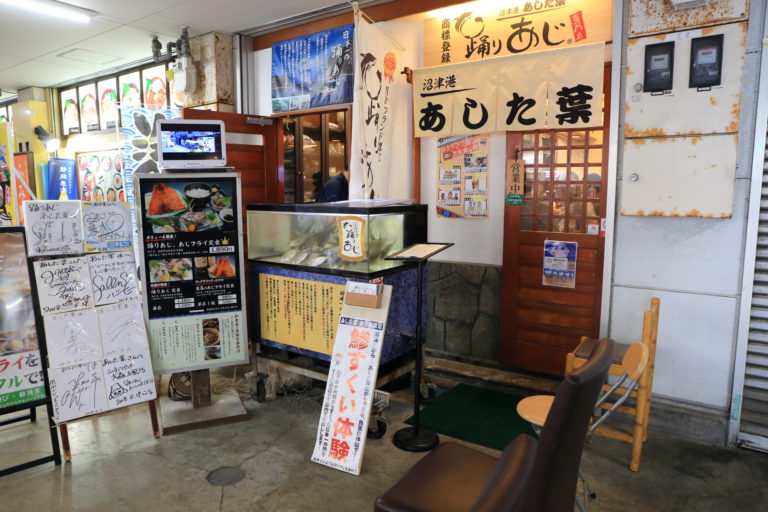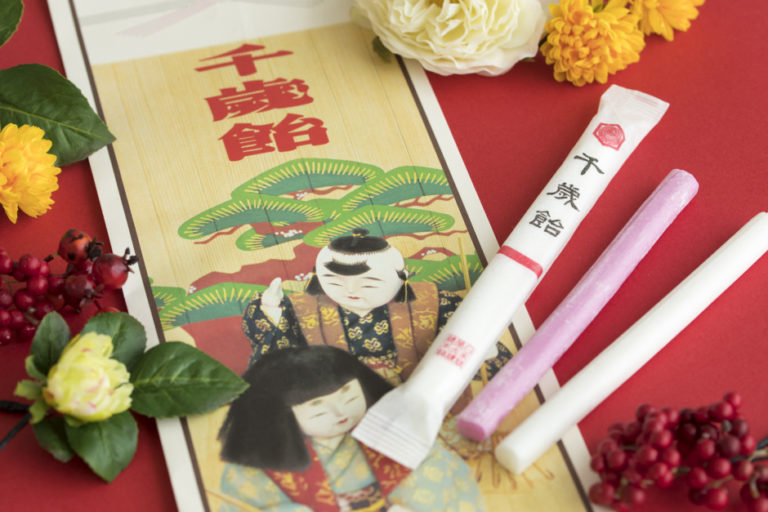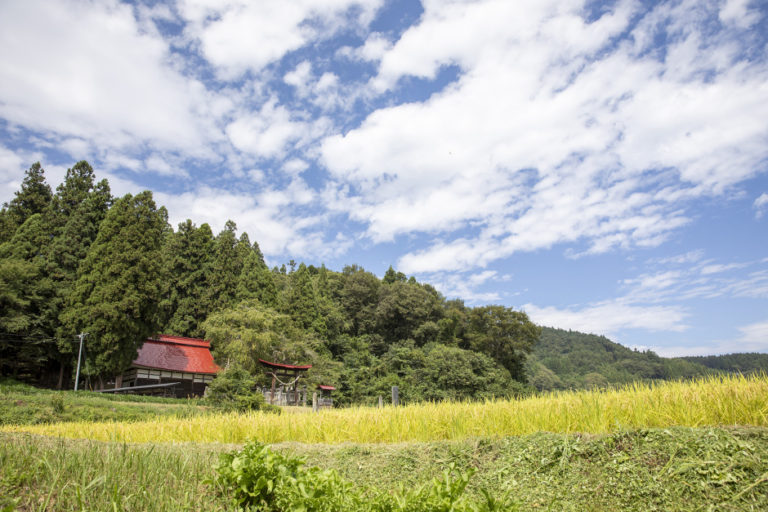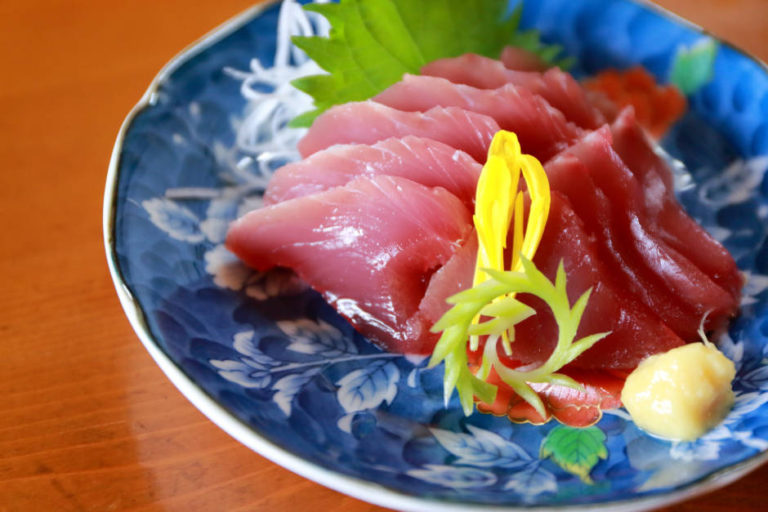Numazu’s Himono, Born of Craftsmanship, and Secret Brine
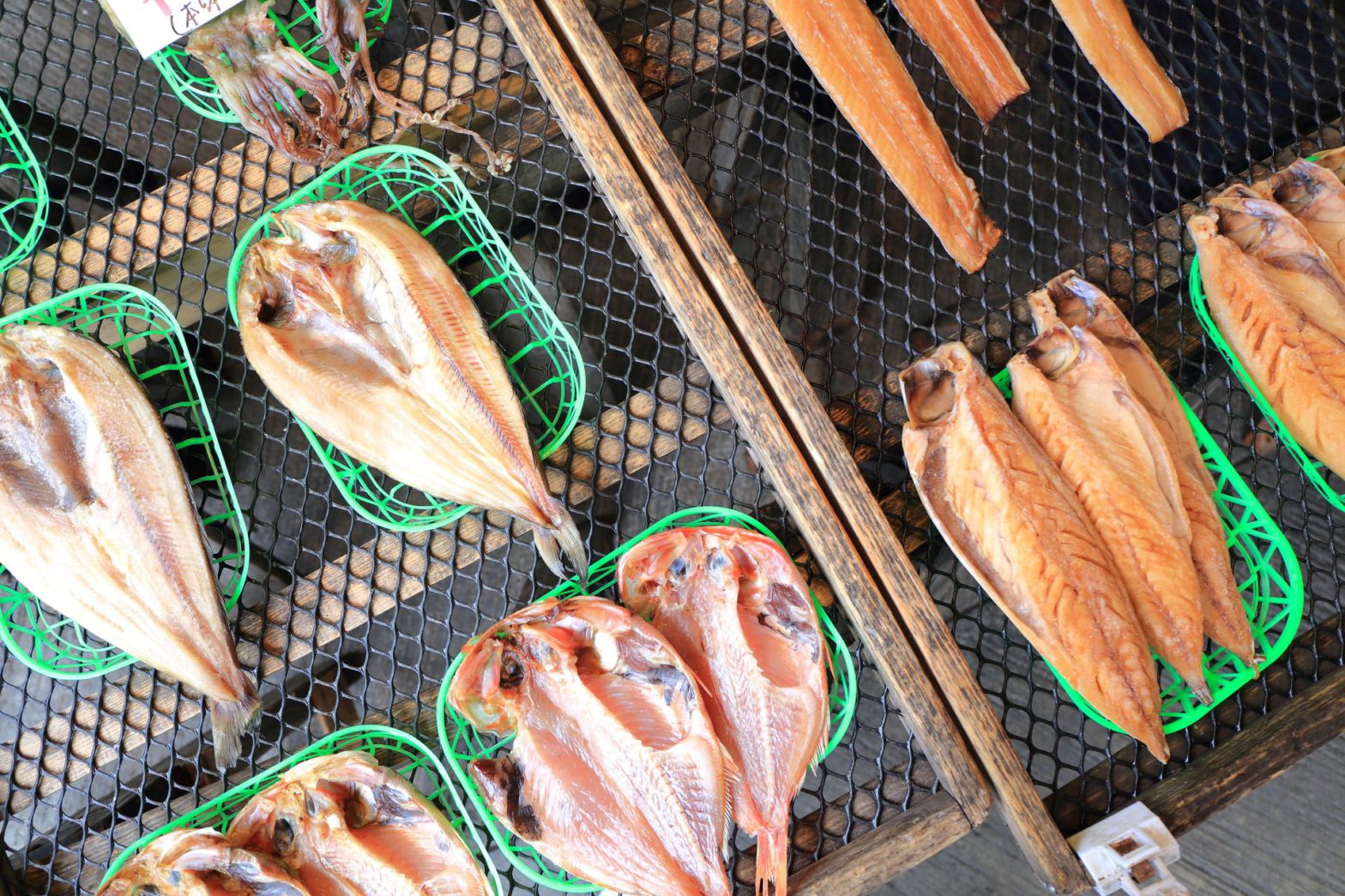
Japanese people's long association with himono
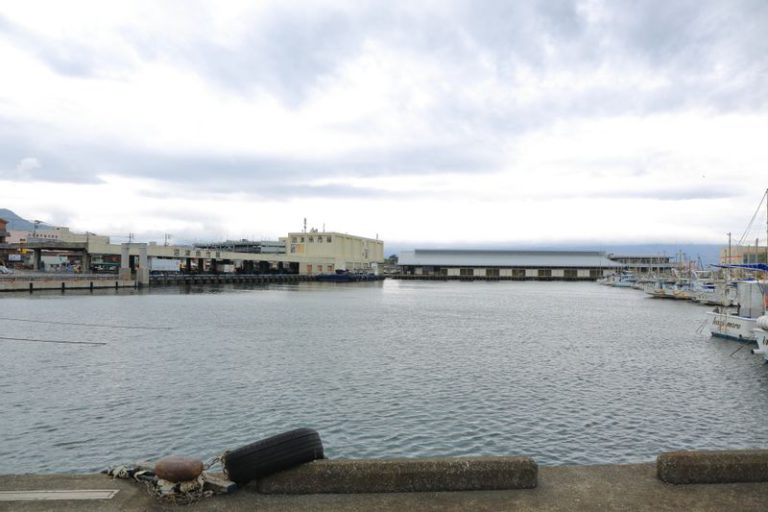
Japanese himono, thought to have existed since the Jomon period, was treated as a prized tribute paid to the capital in the Nara period (710–794), and in the Heian period (794–1185), it was called karamono, considered dainties for the nobility class at their banquets. The production of himono developed significantly during the Edo period (1603–1868). As the clans vied to encourage the industrialization of himono, it spread throughout Japan as unique regional food and gradually became something that could be enjoyed by the masses.
However, it seems himono was hard and salty until recent times. Around the middle of the Showa period (1926–1989), himono was transformed into its modern-day version, where fish was dried overnight to retain its moisture, making it plump and soft to accentuate its umami flavor. Numazu also achieved prominence as a producer of horse mackerel himono around that time, and the area had as many as 250 himono shops during its heyday.
The difference in the ingredients' quality directly manifests in taste in himono production
The scenic Suruga Bay is set against the backdrop of Mt. Fuji. It is 2,500 meters at its deepest spot, making it the deepest bay in Japan. Home to about 1,000 species of fish, the bay is a popular fishing spot easily accessible from the Greater Tokyo Area. Numazu Port in the eastern part of the bay is a lively tourist destination lined with sushi restaurants, himono shops, and souvenir shops. However, the catch has decreased in recent years due to global warming.
We visited Maruya Fishery Co., Ltd., a himono shop that has been in business for 130 years in Numazu Port, and spoke with president Masami Warashina.
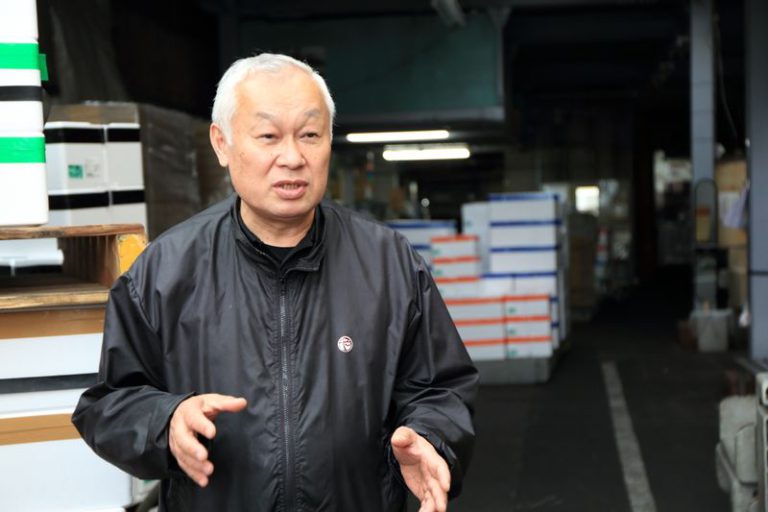
“Around the 1950s and ’60s, we made 30,000 to 50,000 pieces of himono a day, using primarily wild horse mackerel from Numazu. But these days, we don’t catch enough to meet the demand from supermarkets across the country. The lack of fat in horse mackerel caught inshore due to global warming is also a concern,” says Warashina.
The simple himono made from nothing but fish and brine (shoshiru = a brine for soaking fish) is directly affected by the quality of the fish. In response, Maruya Fishery has been making use of its discriminating eye and skill to procure “oily” in-season fish suitable for himono from Japan and worldwide from about 30 years ago to produce himono steadily throughout the year.
How himono is made
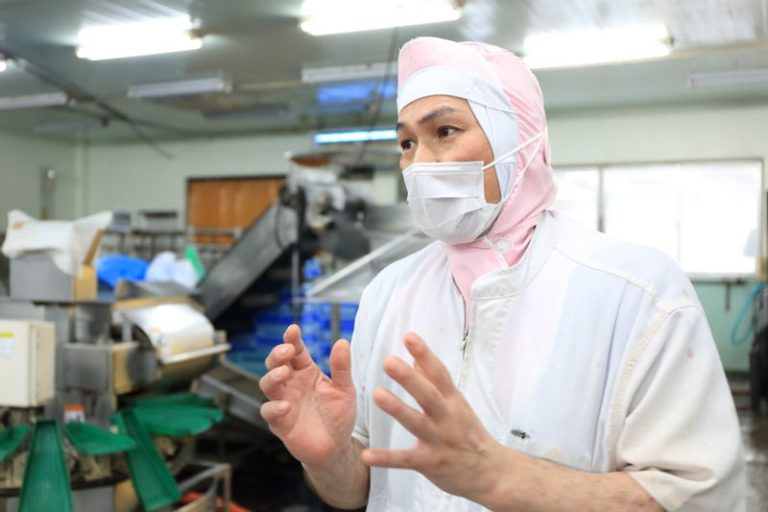
We were shown around Maruya Fishery, which currently produces about 20,000 to 25,000 pieces a day.
“In the past, horse mackerel himono alone accounted for 80% of our production, but we now use about 20 fish species to make himono, including mackerel, arabesque greenling, saury, and sea bream. We change the brining and drying time for each type of fish,” says factory manager Kazuo Higuchi.
The himono-making process is very simple, but it is steeped in years of skill and experience.
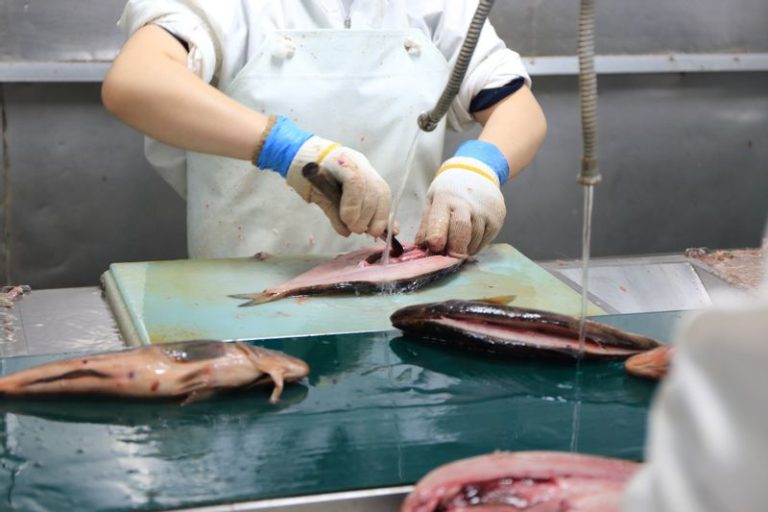
(1) Cutting open the fish
This process is often done by hand by workers. The thorough removal of entrails and blood vessels is the key to producing himono’s delicious taste without added flavors.
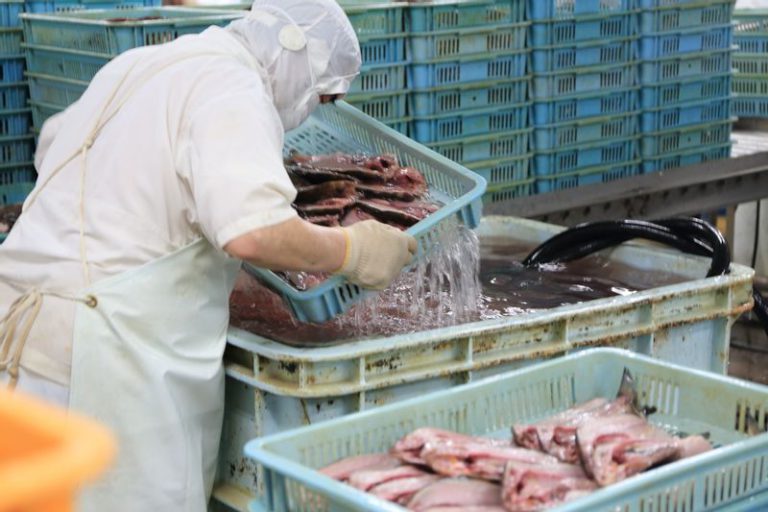
(2) Rinsing in Mt. Fuji’s subsoil water
After the fish is automatically cleansed in a shower, it is cleaned again by hand. Washing the fish well in the subsoil water of the Kakita River from Mt. Fuji is a feature of Numazu’s himono.
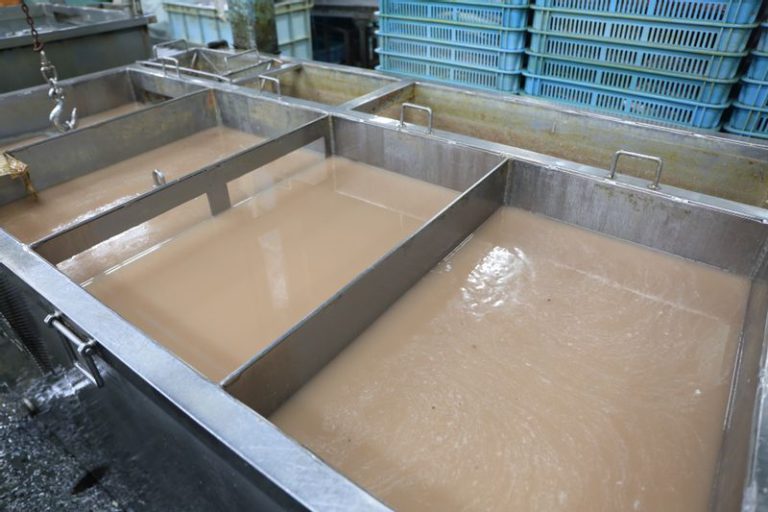
(3) Soaking in brine
The seasoning process is the most sensitive work. The fish is marinated in secret brine with shiitake mushrooms and other umami ingredients. The salt is also carefully selected, using sea salt from Naruto, which has sweetness, and the concentration is kept at a moderate 18%. The flavor is stabilized by continuing to add the brine.

(4) Drying
The fish is dried on stainless steel grills using a warm-air dehumidification dryer. Drying time varies depending on the type of fish and the day’s weather, but the room temperature is kept at 25 degrees Celsius throughout the year.
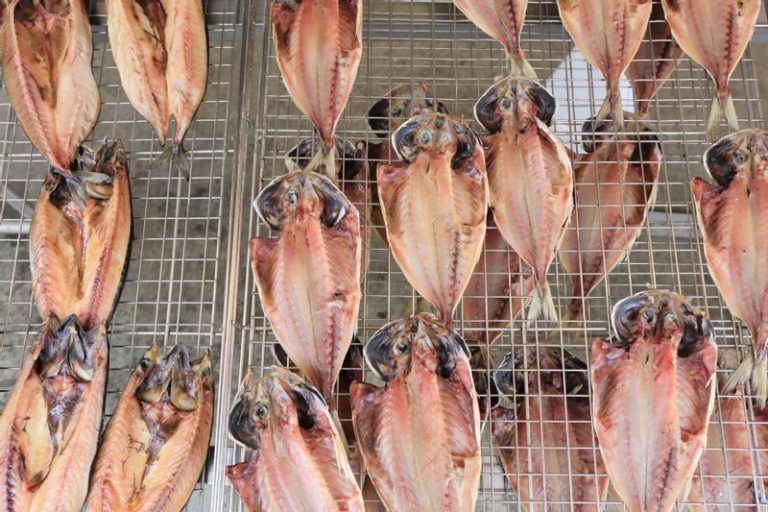
At the company-operated store in Numazu Port, the himono opened in the morning and dried before it completed the drying process, is laid out in front of the store to dry in the sun for the final touch.
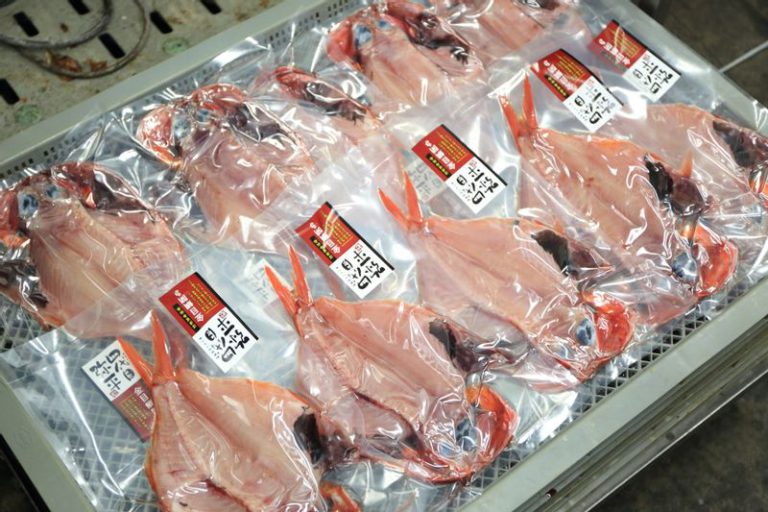
(5) Freezing
The freezer temperature is lowered to minus 40 degrees Celsius to rapidly freeze for about an hour. The fish is then shipped in trays or vacuum-packed.
How to enjoy delicious himono
How can we enjoy himono made this way at home?
Warashina says, “For home, pan-frying is the best way. I think it’s tastier than cooking in the microwave and is crispier than on the grill. Cut large fish into bite-size pieces before pan-frying. Also, if you char the fish a little, the char-grilled aroma will stimulate the appetite.” He says it is common among the denizens of Numazu to grill himono on an outdoor barbecue to enjoy it with a large group of people.
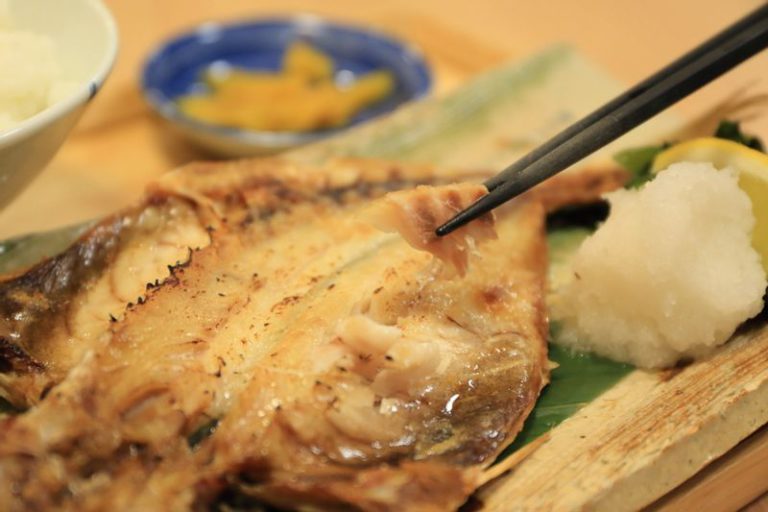
The himono from Yondaime Yahei is also served at the restaurant, Odoriaji Ashitaba, in Numazu Port. Yondaime Yahei’s Horse Mackerel Himono Meal features a freshly prepared himono heated in the oven for three minutes and charred with a burner to crisp the surface. It is served with plenty of grated daikon and can be enjoyed in dashi chazuke (rice in dashi broth) as the last course. The restaurant is also popular for its farm-raised horse mackerel sashimi meal and its fried horse mackerel meal.
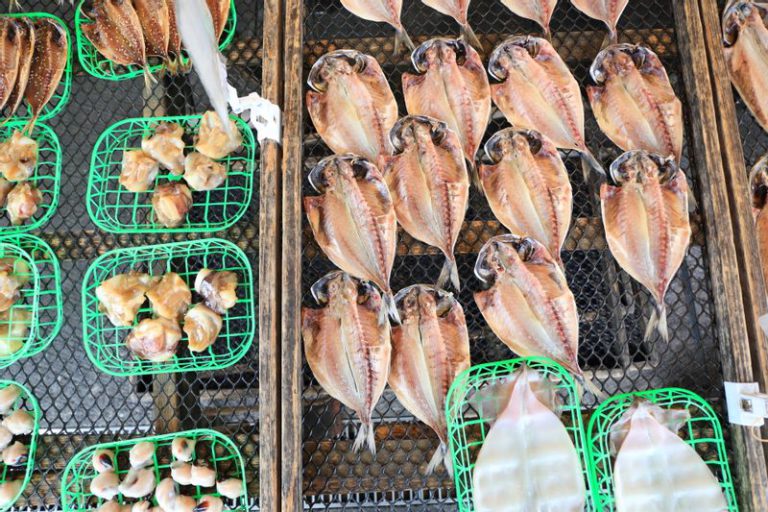
Numazu has been well-known for its himono. Its himono is imbued with the determination and desire of people trying to preserve their skills and traditions in changing times. We hope you will enjoy its diverse and enriching flavors as a casual everyday dish that can be purchased at supermarkets and at times as a fine gift or a luxury item.


